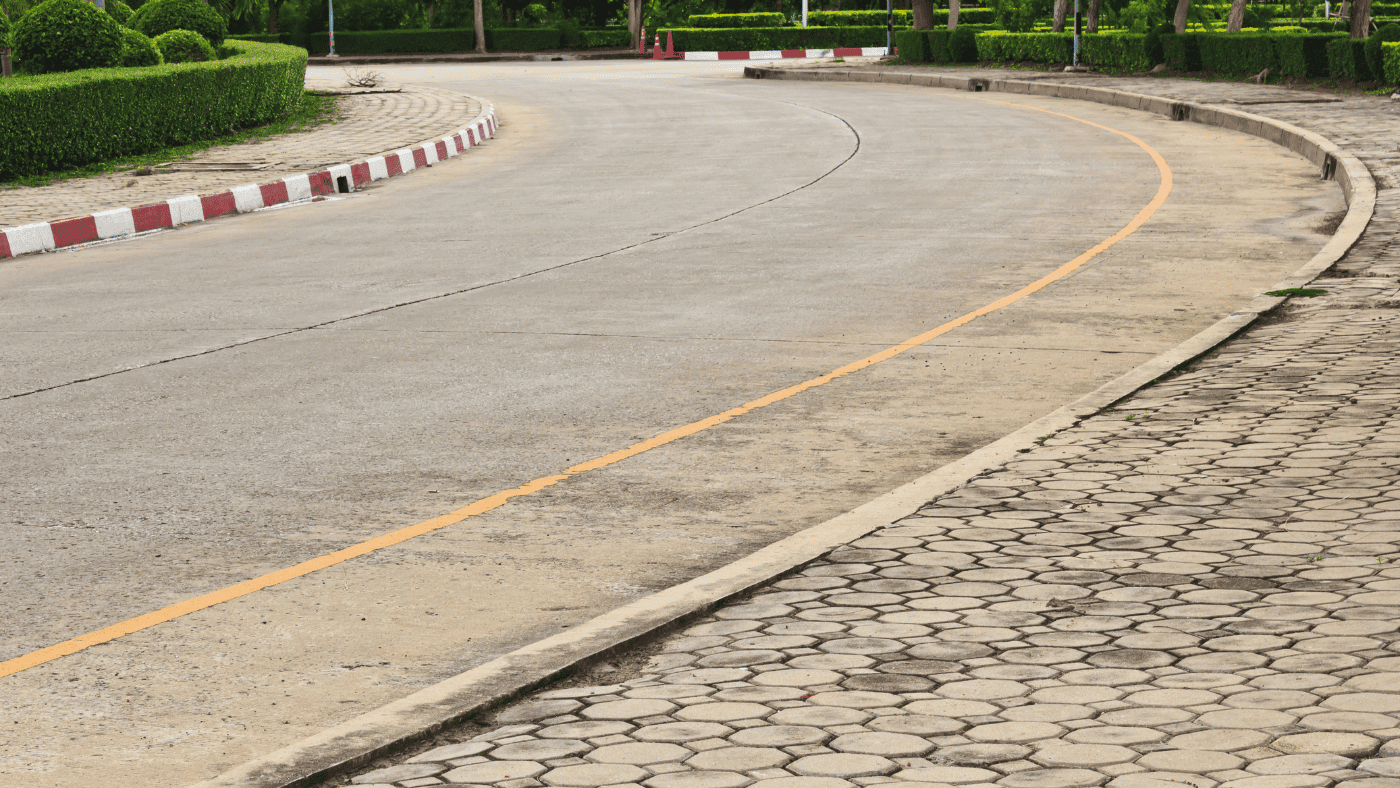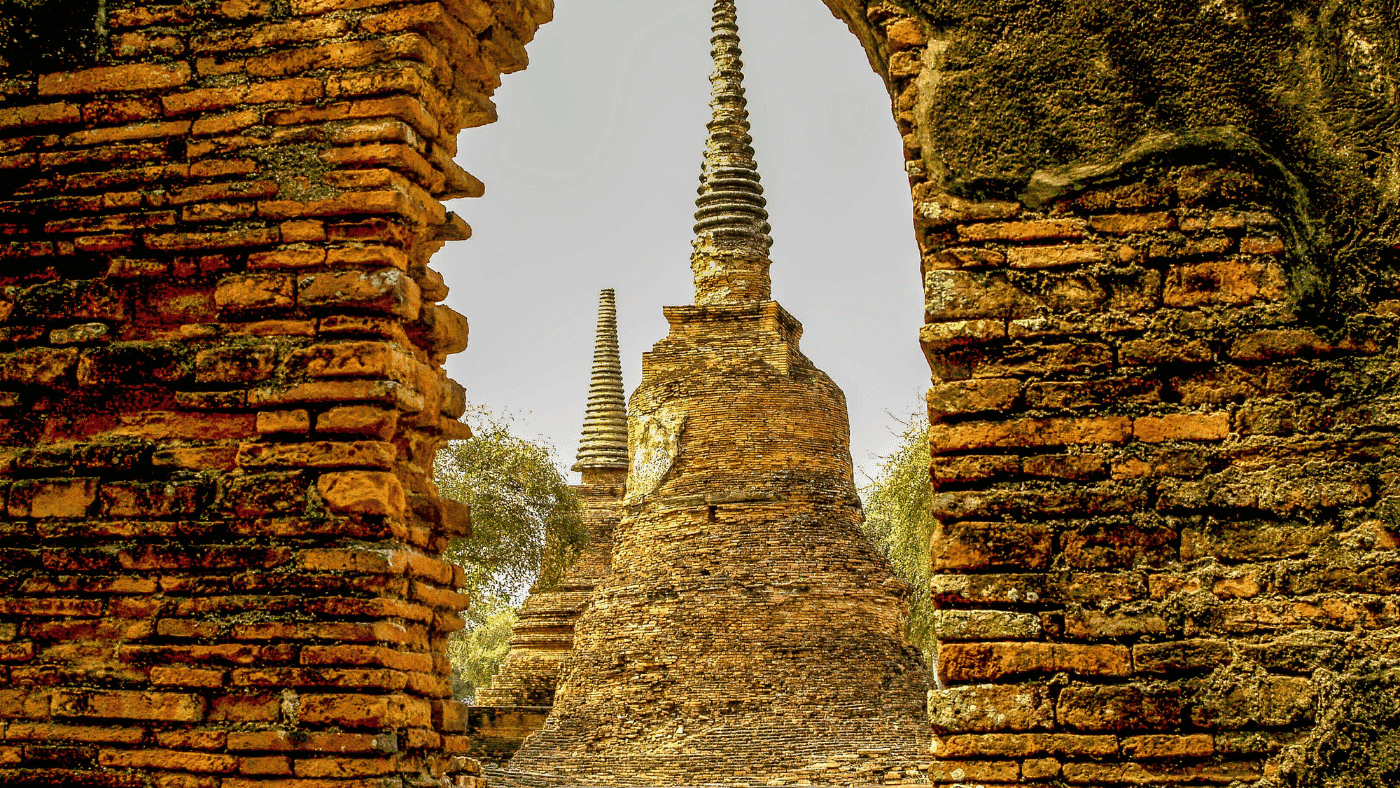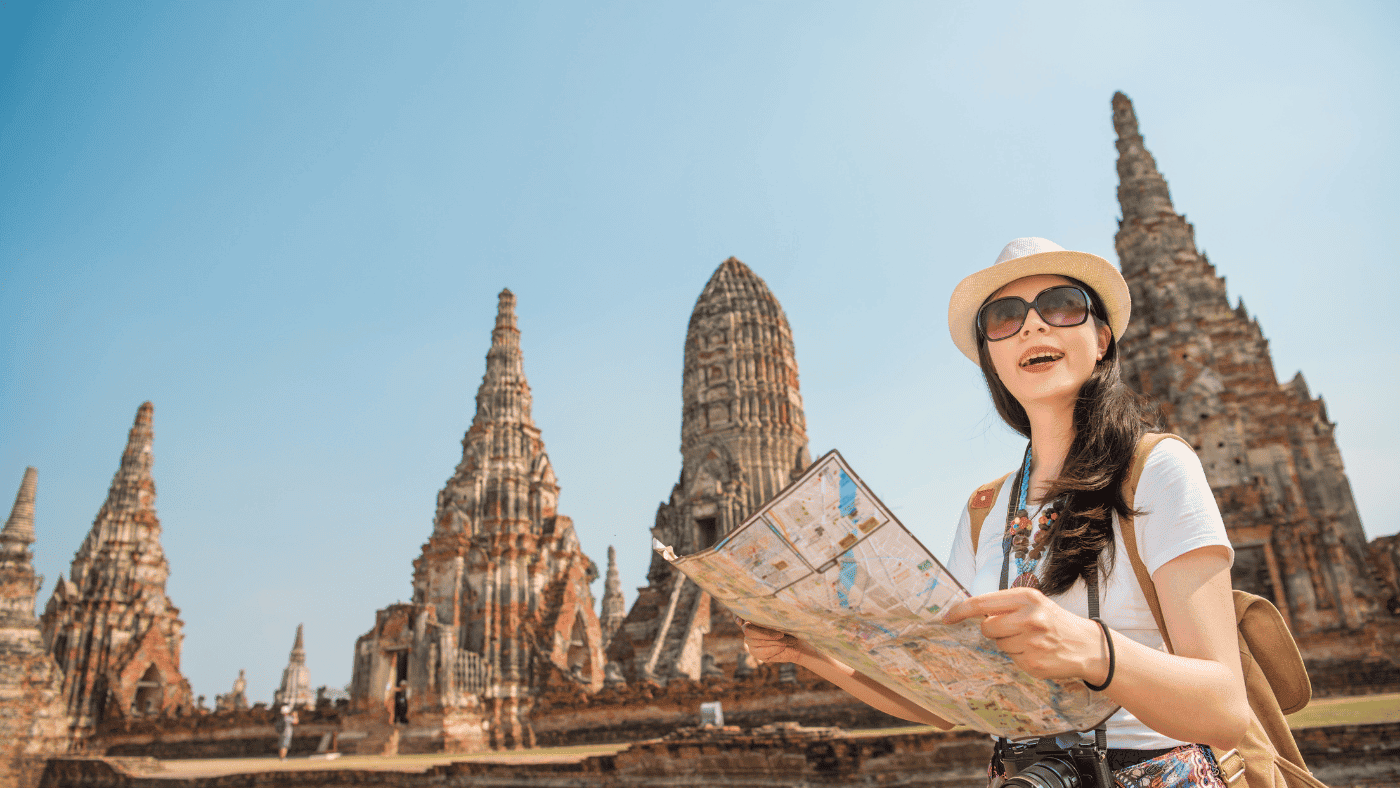Ayutthaya Historical Park is a fascinating archaeological site located in the heart of Thailand. It was the capital of the Ayutthaya Kingdom, one of the most powerful empires in Southeast Asia, from the 14th to the 18th centuries. This article will take you on a journey through the park’s rich history, transportation options, must-see temples and ruins, and how to explore the park effectively.
A Brief History of Ayutthaya Kingdom

Ayutthaya Kingdom was established in 1351 and endured for over 400 years. It was known for its strategic military positioning, robust trade networks, and political power. Ayutthaya was one of the wealthiest cities in Southeast Asia, with a population of over 1 million people at its peak. The city was a center for religion, culture, and trade. The Ayutthaya Kingdom was a melting pot of different cultures, with a blend of Thai, Chinese, Indian, and European influences.
The Rise of Ayutthaya
The Ayutthaya Kingdom began as a vassal state under the Khmer Empire. In the late 14th century, Prince Uthong, who later became King Ramathibodi I, rebelled against the Khmer and founded the Ayutthaya Kingdom. The kingdom rapidly expanded, making alliances with neighboring city-states and entering into trade agreements with China and India. Ayutthaya’s kings were known for their military prowess and diplomatic skills, which enabled them to maintain good relations with their neighbors.
The kingdom’s location on the Chao Phraya River allowed it to control the waterways, which was crucial for trade and transportation. Ayutthaya’s rulers built an extensive system of canals and waterworks, which allowed the city to thrive. They also established a centralized bureaucracy and a legal code, which helped to maintain order and stability within the kingdom.
The Golden Age of Ayutthaya
The 16th and 17th centuries were the golden age of the Ayutthaya Kingdom. During this period, Ayutthaya became a dominant power in Southeast Asia, controlling a vast territory encompassing modern-day Thailand, Laos, Cambodia, and parts of Malaysia. The kingdom’s economy flourished, as it dominated trade in the region, exporting goods such as rice, teakwood, and textiles. The Ayutthaya Kingdom was also a hub of culture, art, and literature.
Ayutthaya’s kings were patrons of the arts, and they sponsored the construction of magnificent temples and palaces. The Wat Phra Si Sanphet, the largest temple in Ayutthaya, was built during this period. The kingdom’s literature also flourished, with poets and writers producing works that are still celebrated today.
The Fall of Ayutthaya
In 1767, the Burmese army invaded Ayutthaya, razing the city to the ground and looting its treasures. The fall of Ayutthaya marked the end of a glorious era. The kingdom was eventually rebuilt at a different location, and today, Ayutthaya Historical Park stands as a testament to the legacy of the Ayutthaya Kingdom.
The park contains the ruins of many temples and palaces, including the Wat Mahathat, which is famous for its Buddha head entwined in the roots of a tree. Visitors to the park can explore the ruins and learn about the history and culture of the Ayutthaya Kingdom. The park is a popular tourist destination, and it is a UNESCO World Heritage Site.
Getting to Ayutthaya Historical Park

Transportation Options
Ayutthaya is located about 80 kilometers north of Bangkok, making it a popular day trip destination. You can reach Ayutthaya by train, bus, or private taxi. The train is the most convenient way to get to Ayutthaya from Bangkok, with frequent departures from the Hua Lamphong Railway Station. The journey takes about an hour and a half and costs around 20-50 baht, depending on the class of your ticket. Buses depart from Bangkok’s Northern Bus Terminal (Mo Chit) and take about two hours to reach Ayutthaya. Private taxis are also available, but they can be expensive.
Best Time to Visit the Ayutthaya Historical Park
The best time to visit Ayutthaya is during the cooler months of November to February, when the weather is mild and the skies are clear. Avoid visiting during the hot and humid months of March to May, and the rainy season from June to October.
Must-See Temples and Ruins in the Ayutthaya Historical Park

Wat Phra Si Sanphet
Wat Phra Si Sanphet is one of the most important temples in Ayutthaya. It was the royal temple of the Ayutthaya Kingdom, and its main attraction is the three towering chedis, which contain the remains of three kings of Ayutthaya. The temple’s architecture is classic Thai style, and the site offers stunning views of the surrounding park.
Wat Mahathat
Wat Mahathat is another must-see temple in Ayutthaya. It is famous for its Buddha head entwined in tree roots. The temple was once a major learning center for Buddhism, and its architecture reflects a blend of Khmer and Thai styles.
Wat Ratchaburana
Wat Ratchaburana is a well-preserved temple that dates back to the 15th century. It is famous for its two impressive chedis and intricate murals that depict scenes from the Ramayana epic. You can climb to the top of the chedis and enjoy panoramic views of the city.
Wat Chaiwatthanaram
Wat Chaiwatthanaram is an iconic temple in Ayutthaya. It was built by King Prasat Thong in honor of his mother. The temple’s Khmer-style architecture has intricate carvings and sublime Buddha statues. The complex is a great place to watch the sunset over the Chao Phraya River.
Exploring the Ayutthaya Historical Park

Guided Tours vs. Independent Exploration
You can explore Ayutthaya Historical Park on your own or join a guided tour. A guided tour provides you with in-depth knowledge and insights into the park’s history, architecture, and culture. You can also explore the park on your own by renting a bicycle or a tuk-tuk. A bicycle is ideal for exploring the park at your own pace, while a tuk-tuk provides you with a comfortable and convenient way to get around.
Tips for Exploring the Ruins
- Wear comfortable shoes and clothing suitable for the hot weather.
- Carry a bottle of water and stay hydrated.
- Respect the temples and ruins by dressing appropriately and not climbing on the structures.
- Take your time and soak in the history and culture of the site.
Photography and Preservation Guidelines of the Ayutthaya Historical Park
Photography is permitted throughout the park, but you should be mindful of preserving the site’s heritage. Do not touch or remove any objects from the park, and avoid shining bright lights on the ruins and temples. Do not climb on the structures or damage any of the artwork or decorations.
Ayutthaya Historical Park is a treasure trove of history, culture, and beauty. It offers a unique insight into the glorious past of the Ayutthaya Kingdom, and it is a must-visit destination for anyone interested in Thai culture and history. With this guide, you are all set to explore the park and marvel at its beauty.

